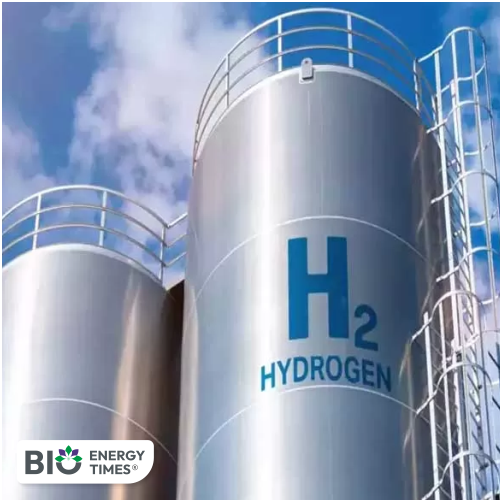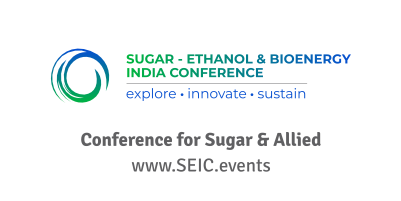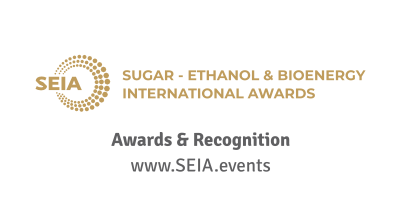New Delhi: India’s hydrogen demand is expected to grow at a compound annual growth rate (CAGR) of 3 per cent, reaching 8.8 million metric tonnes per annum (MTPA) by 2032, according to a new report released by the India Energy Storage Alliance (IESA) at the 11th edition of India Energy Storage Week (IESW) 2025., reports The Economic Times.
Although more than 9.2 MTPA worth of green hydrogen projects have been announced, only a limited number have secured final investment decisions or long-term offtake agreements. The IESA report notes that if 30 per cent of these projects are completed within the next ten years, electrolytic and bio-hydrogen could account for nearly one-third of domestic demand by 2032.
The report was launched during the inaugural ceremony of IESW 2025 at IICC Yashobhoomi in New Delhi. The event brought together more than 200 energy leaders, including Dr. Ajay Mathur, former Director General of the International Solar Alliance, Manish Sharma, Chairman of Panasonic India, Stephen Fernands, Founder of Customized Energy Solutions (CES), and Debmalya Sen, President of IESA.
Speaking at the inauguration, Dr. Mathur said the event reflects the shared vision of battery and storage sectors. “This platform brings people from manufacturing, application, and demand sides together to learn and collaborate for sector-wide growth,” he said.
According to the report, under the National Green Hydrogen Mission (NGHM), tenders have been launched and funding has begun under various schemes. These include subsidies under Green Hydrogen Tranche 1 and 2, Electrolyzer Manufacturing (ELY) tenders, and Green Ammonia (GNH3) aggregation under the Strategic Initiative for Green Hydrogen Transition (SIGHT).
The report found that Odisha, Gujarat, Karnataka, and Andhra Pradesh account for 82 per cent of the announced green hydrogen projects. A large portion—around 72 per cent—of these are intended for ammonia production, while 20 per cent have not disclosed end-use applications.
Among the main cost drivers for producing green hydrogen through electrolysis are the cost of electricity, capital expenditure on electrolyzers, and how efficiently they are used. The report pointed out that hydrogen made from fossil fuels remains cheaper in India, with green hydrogen costing at least double. Additional costs from storage and transport make the final price even higher for some users.
The base case estimate for Levelized Cost of Hydrogen (LCOH) is two to four times that of fossil fuel-derived hydrogen. Even in optimistic projections, it is 1.5 to 2.5 times higher. This aligns with recent price discoveries for green hydrogen in the country.
Vinayak Walimbe, Managing Director of CES, said the findings highlight how despite progress and strong policy push, decarbonization goals remain tough to meet. “The report helps raise awareness among stakeholders to speed up the green hydrogen mission,” he said.
IESW 2025 is also seeing participation from ministries and companies across 20 countries, with over 300 product innovations showcased in green hydrogen, electric vehicles, solar, and energy storage. At least seven new product and factory announcements are expected from Indian manufacturers during the three-day event.
Debmalya Sen, President of IESA, said, “India is aiming for a green hydrogen production capacity of 5 MTPA by 2030, and events like IESW help create the partnerships needed to make that happen while building a cleaner, more resilient energy future.”














